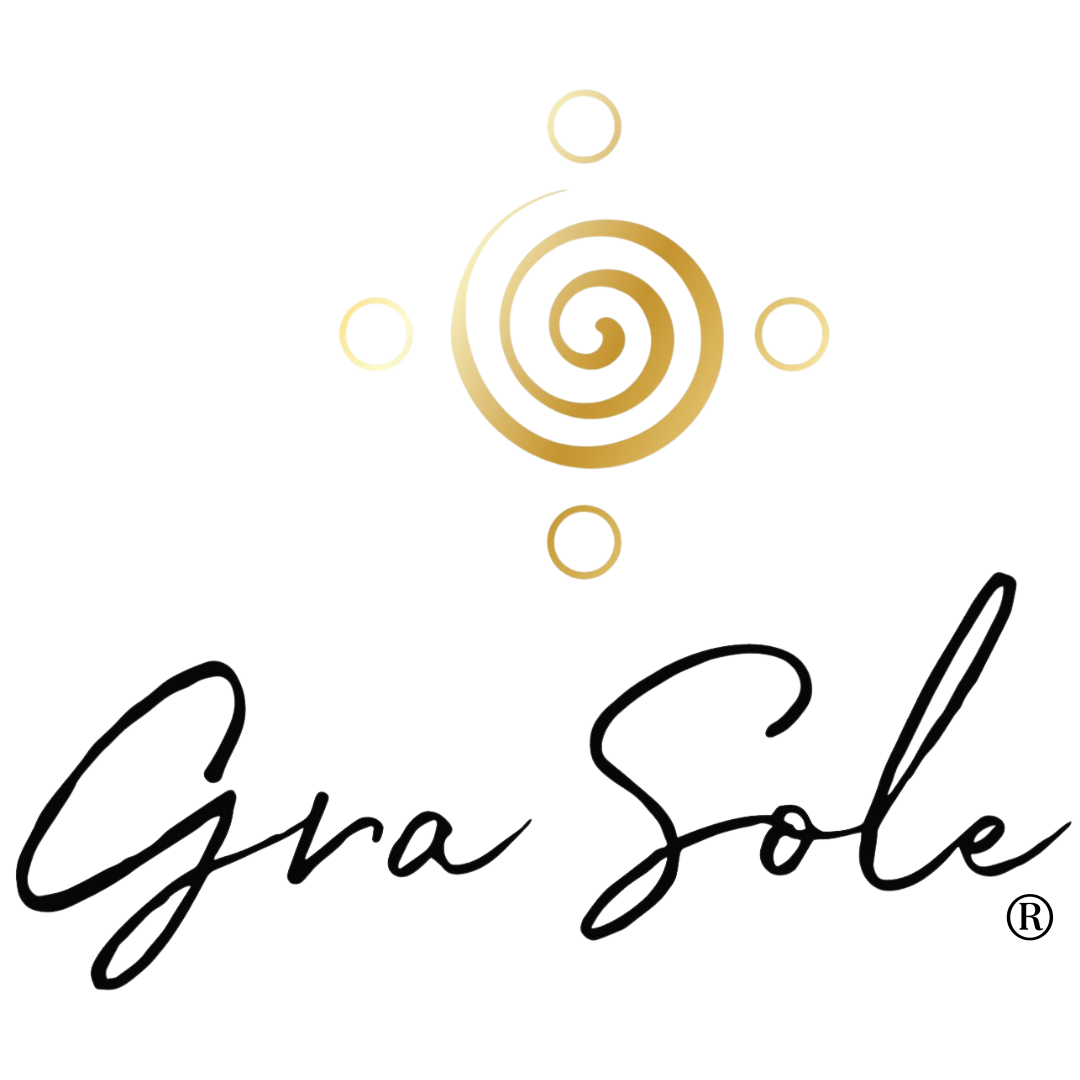
Visi produktai
GraSole maisto papildai
GraSole tai Lietuviški maisto papildai, arbatos ir kosmetika.
Rinkitės iš Detox Tea, Energy Tea, Pelyno kapsulėse, Eliksyro kapsulėse bei daug kitų žinomiausių GraSole produktų.
Add your customer or client review here to showcase them.
Review author
Add your customer or client review here to showcase them.
Review author
Add your customer or client review here to showcase them.
Review author





























































































